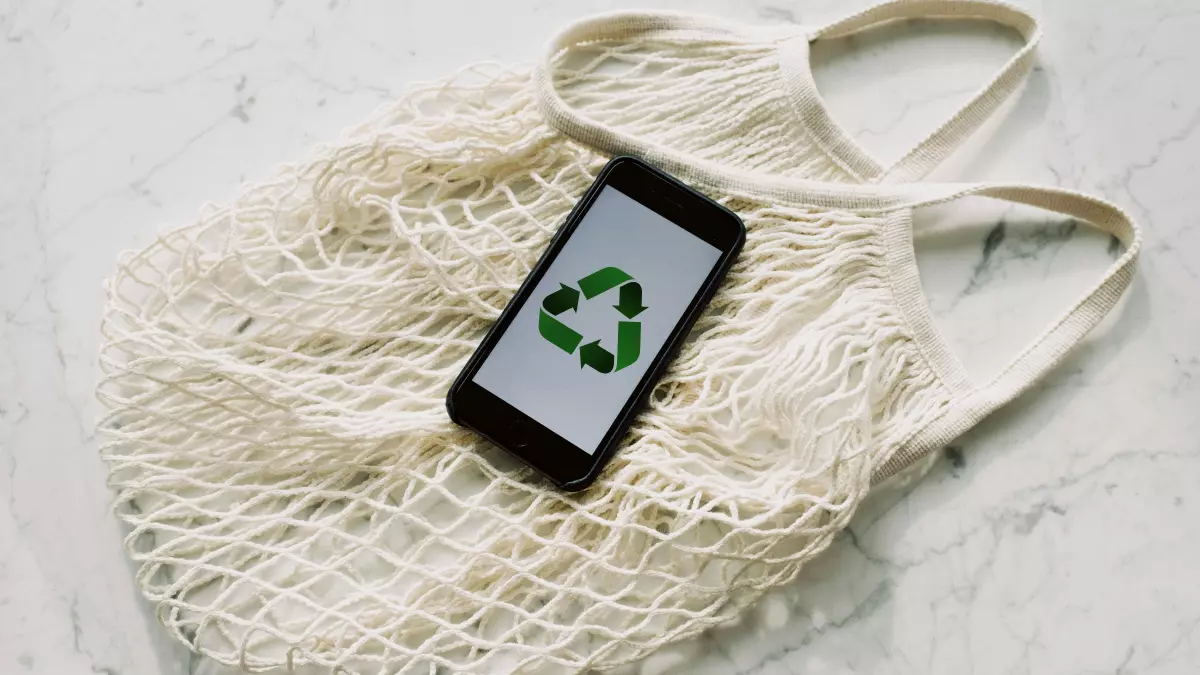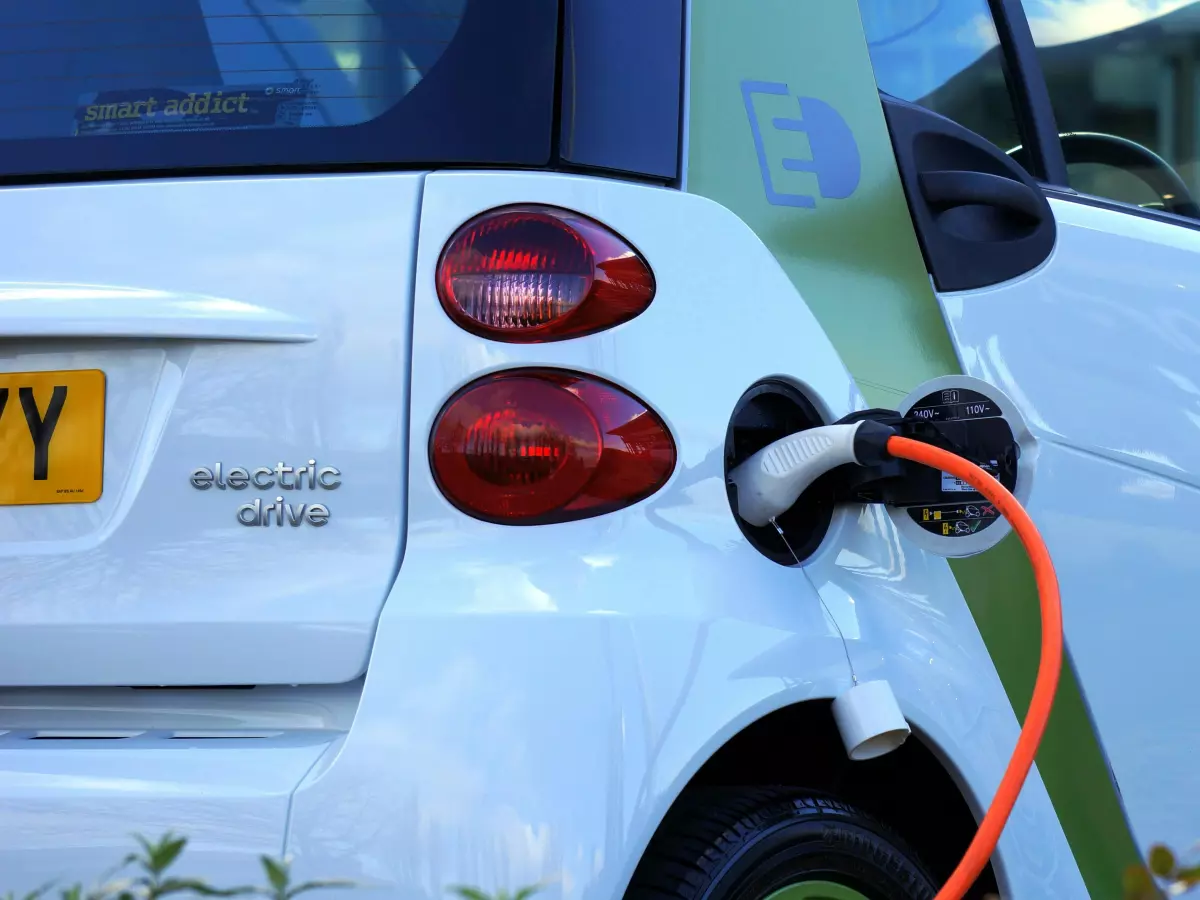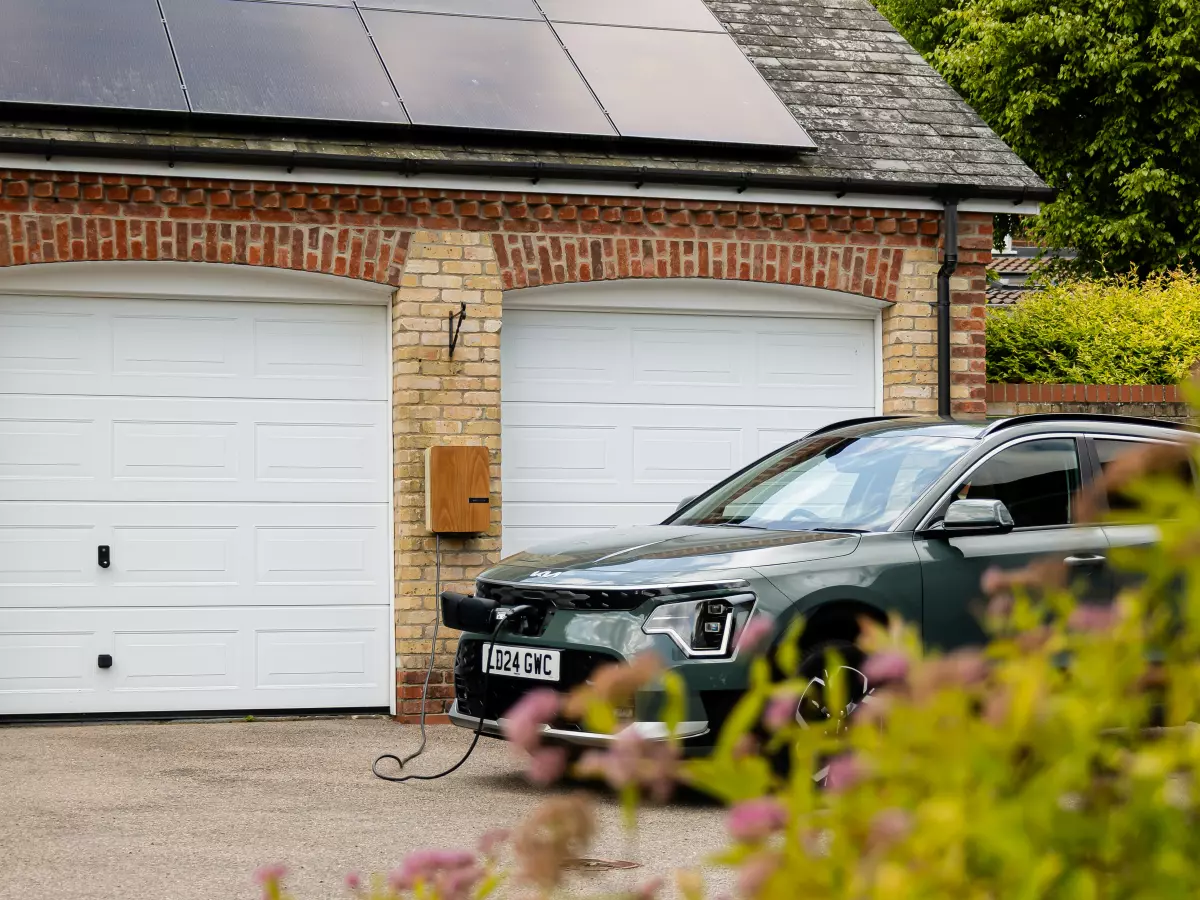Recycling Revolution
“The greatest threat to our planet is the belief that someone else will save it.” – Robert Swan

By Nina Schmidt
Electric vehicles (EVs) are the poster child of a greener future, but here's the twist: their batteries are a ticking environmental time bomb if not recycled properly. On one hand, EVs promise to reduce carbon emissions; on the other, their lithium-ion batteries pose a significant waste problem. So, how do we reconcile this contradiction? Enter the world of EV battery recycling technology—where science meets sustainability.
Recycling EV batteries isn’t just about breaking them down into reusable parts; it’s about doing it efficiently, safely, and in a way that minimizes environmental impact. Traditional recycling methods often involve energy-intensive processes that ironically negate some of the environmental benefits of EVs. But new technologies are flipping the script, offering smarter, cleaner ways to reclaim valuable materials like lithium, cobalt, and nickel.
Let’s talk numbers. Did you know that a single EV battery can contain up to 80% recyclable materials? Yet, less than 5% of lithium-ion batteries are recycled globally. Why? The process is expensive, complex, and, until recently, not particularly efficient. But that’s changing fast. Companies are now leveraging AI and robotics to automate the disassembly of EV batteries, making the process faster and safer. Imagine robots delicately extracting precious metals while AI algorithms optimize the recycling workflow. It’s like watching a sci-fi movie, except it’s happening in real life.
One of the most exciting innovations is hydrometallurgy—a fancy term for using water-based solutions to extract metals. Unlike traditional smelting, which releases harmful emissions, hydrometallurgy is cleaner and more sustainable. It’s like giving the planet a spa day while recovering valuable resources. Another game-changer? Direct recycling, which preserves the battery’s cathode structure, making it easier to reuse in new batteries. Think of it as upcycling, but for EVs.
But here’s the kicker: recycling isn’t just about sustainability; it’s also a business opportunity. With the demand for EVs skyrocketing, the need for raw materials is outpacing supply. Recycling offers a way to close the loop, reducing dependence on mining and cutting costs for manufacturers. It’s a win-win for the planet and the economy.
Of course, challenges remain. For one, EV batteries aren’t standardized, making recycling a logistical nightmare. Imagine trying to solve a jigsaw puzzle where every piece comes from a different set. Then there’s the issue of scaling up these technologies to meet global demand. But hey, Rome wasn’t built in a day, and neither is a sustainable EV ecosystem.
So, what’s the takeaway here? Recycling EV batteries isn’t just a nice-to-have; it’s a must-have if we’re serious about a sustainable future. The good news? The tech is catching up, and the possibilities are electrifying—pun intended. As we drive into an electric future, let’s not forget to look in the rearview mirror and ensure we’re cleaning up as we go.
In the end, EV battery recycling is more than just a technical challenge; it’s a moral imperative. After all, what’s the point of driving a zero-emission car if its battery ends up polluting the planet? The road ahead is clear: innovate, recycle, and repeat.





